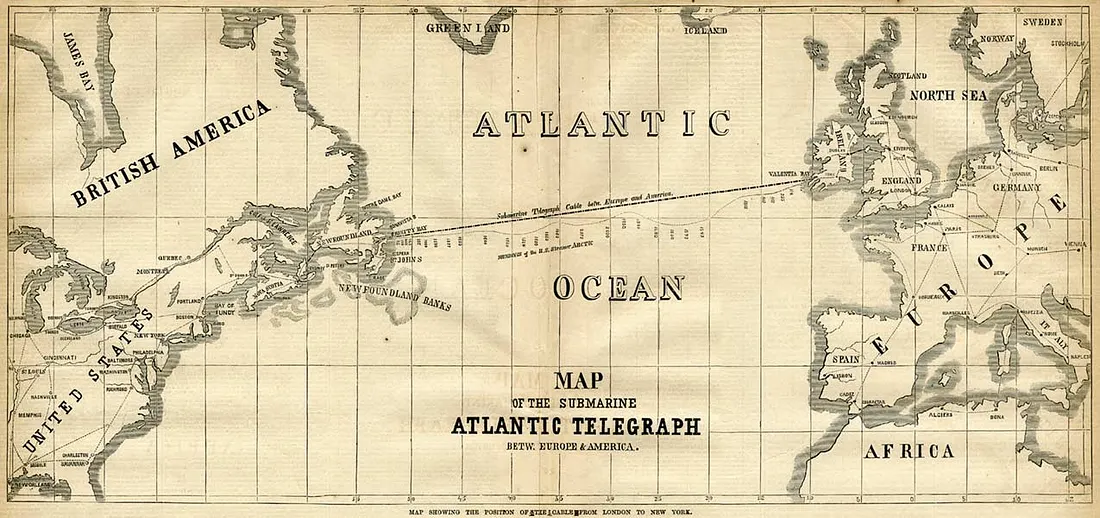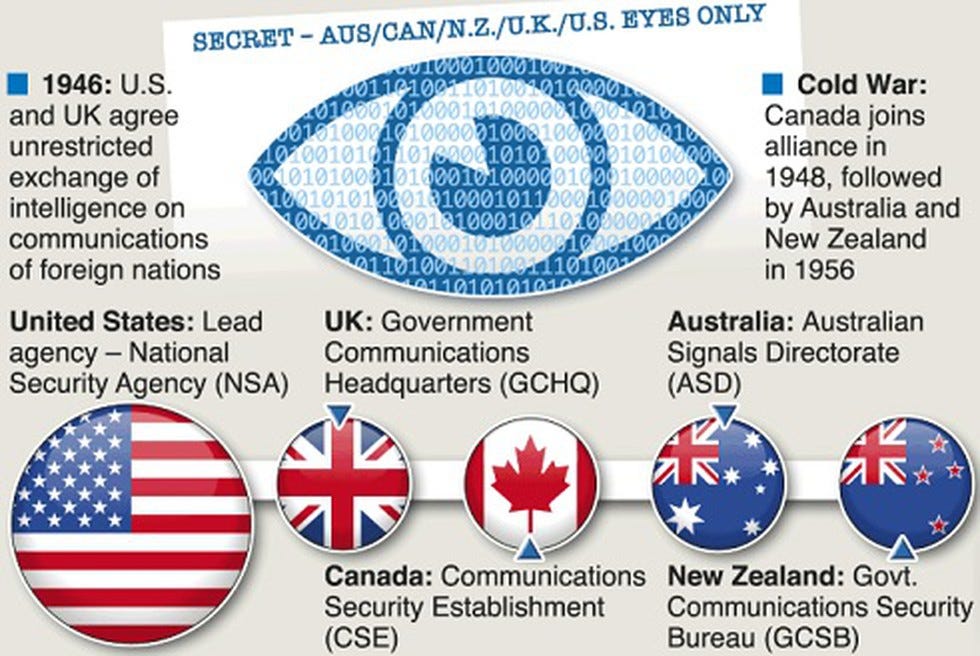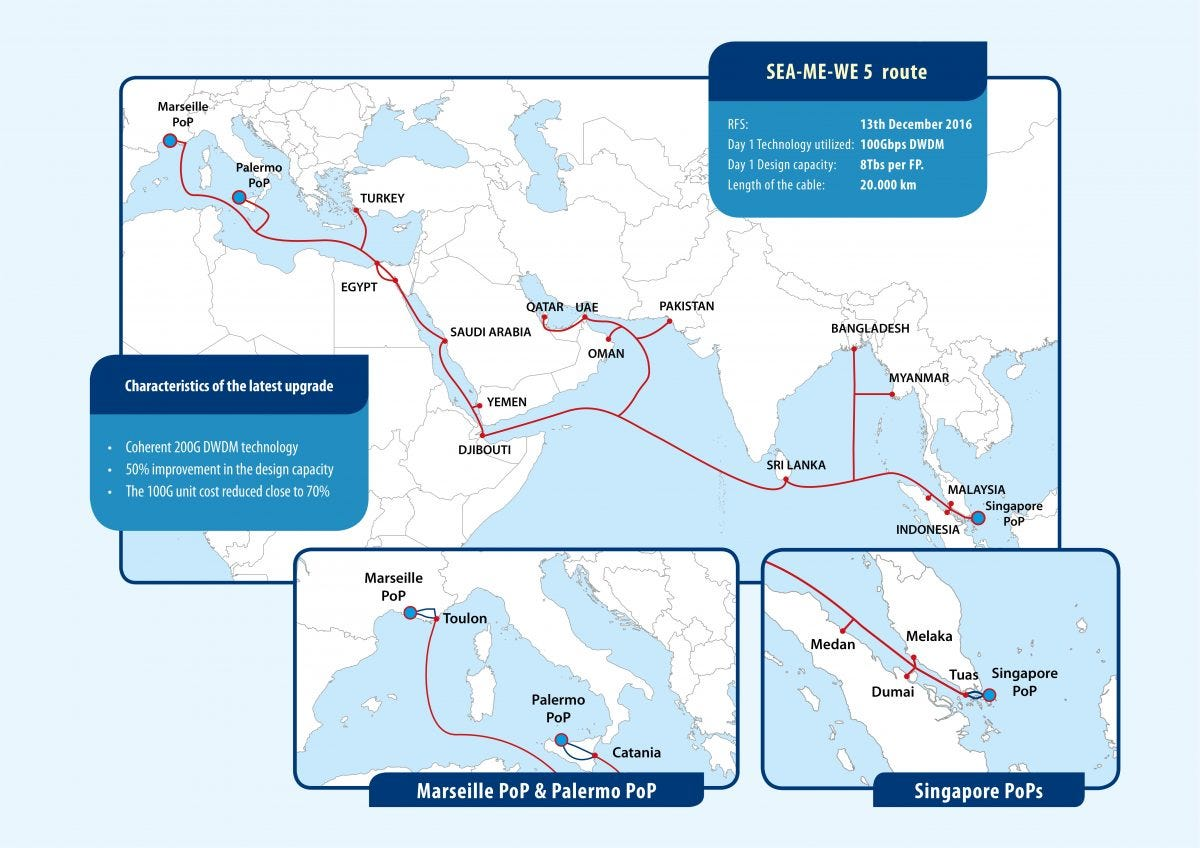Have you ever wondered how your message instantly reaches a friend on the other side of the world, or how streaming a live event from another continent feels almost effortless? It’s easy to picture the internet as an invisible web of wireless signals and satellites weaving through the sky. But here’s the fascinating truth: over 99% of global internet traffic travels not through the air, but beneath the waves. Hidden on the ocean floors are vast networks of submarine cables—the unsung heroes that truly connect our world. These physical lifelines enable the high-speed communications we rely on every day. Yet, this critical infrastructure is becoming a new arena for global power struggles, stirring up pressing questions about security, control, and the future of the internet we all share.
The Rise of Submarine Cables
The concept of submarine cables is far from new. The first undersea cable, established in 1851, connected Dover and Cap Gris-Nez, France, allowing telegraph messages to travel between London and Paris within minutes. This innovation catalyzed economic shifts, bringing markets closer and transforming communications. By 1870, London and Bombay were linked by cable, and by 1902, transpacific cables connected Australia and New Zealand to Canada.

Map of Transatlantic Telegraph cable
As technology advanced, so did these cables. The 1950s saw the first telephone cables, and the 1980s marked a shift with fiber-optic cables like TAT-8, which connected Europe and North America, allowing much higher data transmission rates. Today, cables like Marea, deployed by Microsoft and Facebook in 2017, connect data centers in Virginia to Bilbao, Spain, with capacities up to 160 terabits per second, supporting three-quarters of today’s internet traffic.
Who Controls the Ocean’s Information Superhighways?
Submarine cables are laid and maintained by a few key players, such as Alcatel Submarine Networks (France), SubCom (U.S.), and NEC (Japan). These cables, spanning over 1.3 million kilometers, form a web connecting major continents and hubs like New York, Marseille, Singapore, and Tokyo. While data transmission might seem like the realm of satellites, less than 0.4% of internet traffic is actually satellite-based. Submarine cables carry nearly everything.
Most cables connect Europe, North America, and Asia, with more recent connections extending to South America, the Middle East, and parts of Africa. Yet, countries like Bangladesh and Mozambique remain underserved due to limited internet usage.
Vulnerabilities and Risks
While submarine cables allow us to communicate instantly across continents, they are also fragile and prone to damage. Fishing trawlers, tsunamis, and even shark bites contribute to an estimated 100 cable breaks per year. Most of the time, data traffic is rerouted, but some incidents have far-reaching impacts. For example, in 2006, an earthquake off Taiwan damaged several cables, temporarily severing 120 million phone lines and disrupting financial transactions in East Asia.
The ocean floor is divided into regions where specialized repair ships can be deployed quickly. Older cables are also regularly replaced to keep up with demand, ensuring the smooth flow of data as global consumption continues to surge.
Submarine Cables and National Security
Submarine cables aren’t just conduits for data; they are assets of immense strategic value. In the 21st century, data has become a critical asset for nations, making submarine cables crucial for national security. The United States, a pioneer of the internet, dominates global data exchanges, with 80% of data traffic routed through its infrastructure. American legislation also allows for surveillance, giving agencies like the NSA access to global data streams. This surveillance, in collaboration with the “Five Eyes” intelligence alliance (U.S., Canada, UK, Australia, New Zealand), targets submarine cable landing points, gathering information for counterterrorism, as well as political and economic insights.
 Five Eye Intelligence Alliance
Five Eye Intelligence Alliance
France, too, has agreements allowing intelligence agencies to monitor Mediterranean cables through partnerships with companies like Orange, while other countries pursue similar strategies. The potential for espionage and security breaches has driven nations to rethink how they approach this infrastructure. For example, in response to U.S. dominance, Brazil began constructing a direct cable to Europe, bypassing North America entirely.
The Rising Influence of China and Russia
China and Russia have entered the submarine cable arena to reduce their reliance on U.S.-controlled networks. China’s Huawei has emerged as a major player, constructing and upgrading cables across the globe, from the Maldives to Greenland. In 2017, Huawei even proposed a cable between Sydney and the Solomon Islands, although it was ultimately rejected by Australia over sovereignty concerns.

SEA-ME-WE 5 Map
China’s strategy also includes control over cables in the South China Sea, where the SEA-ME-WE-5 cable connects Asia to Europe. The Chinese government, through state-controlled telecom giants, extends its influence, aiming for greater oversight of data flow. Russia, though less active in cable construction, benefits from cables connected to Finland, Georgia, and Japan, which allow for secure data flow independent of U.S. networks.
The Private Sector and Future Internet Control
In addition to national powers, private companies like Google, Facebook, and Microsoft are expanding their cable networks. By establishing their own cables, these companies reduce costs and gain more control over data transmission. As they invest heavily in infrastructure, the question remains whether they might one day manage end-to-end internet access, challenging traditional telecom providers.
New Threats on the Horizon
The importance of submarine cables has not gone unnoticed by global powers. In 2017, the UK warned NATO of potential threats to these cables, specifically suspecting Russian interference. The possibility of sabotage or interference in submarine cables has heightened awareness of their strategic importance, marking them as targets in geopolitical confrontations.
Submarine Cables as a New Front in Global Power Dynamics
Submarine cables, once invisible to the average internet user, have become central to discussions of sovereignty, security, and global power. These cables support the internet’s backbone, facilitating rapid, reliable data transmission, yet they are also vulnerable points in the geopolitical landscape. The race to control these critical networks reflects a broader struggle for technological and economic dominance in the 21st century. As the demand for data continues to grow, the control and security of submarine cables will only become more critical in shaping the future of global connectivity.